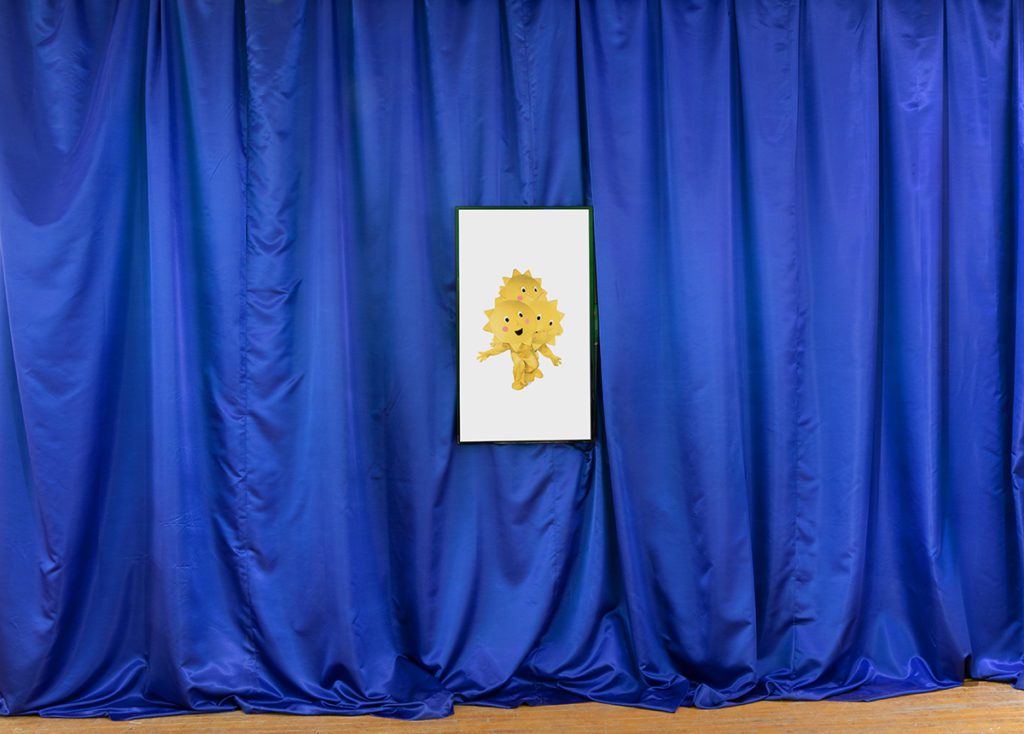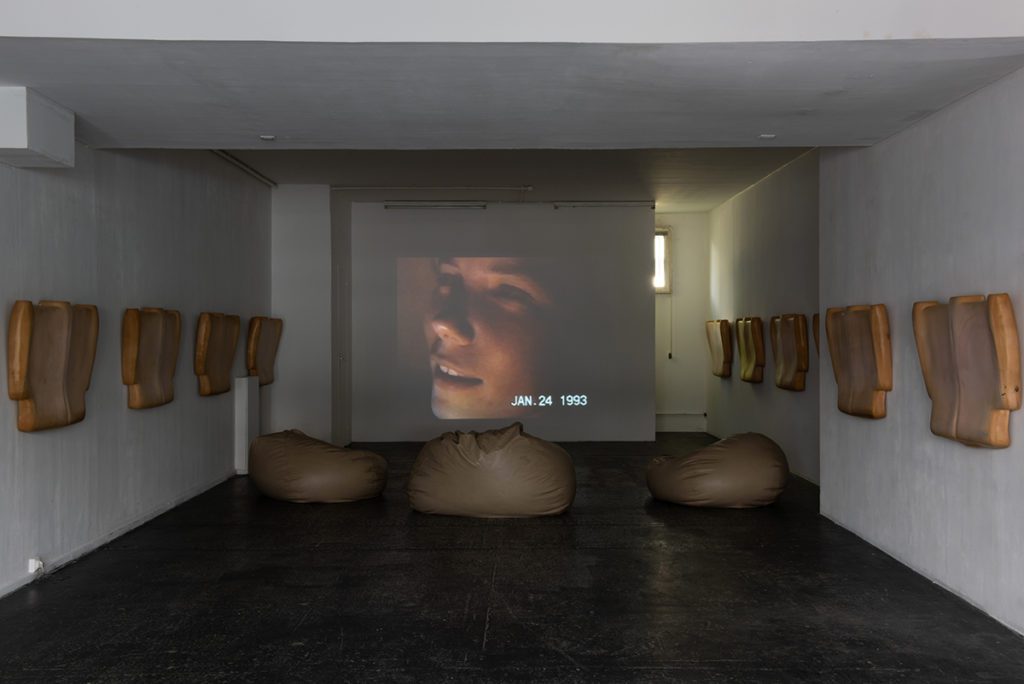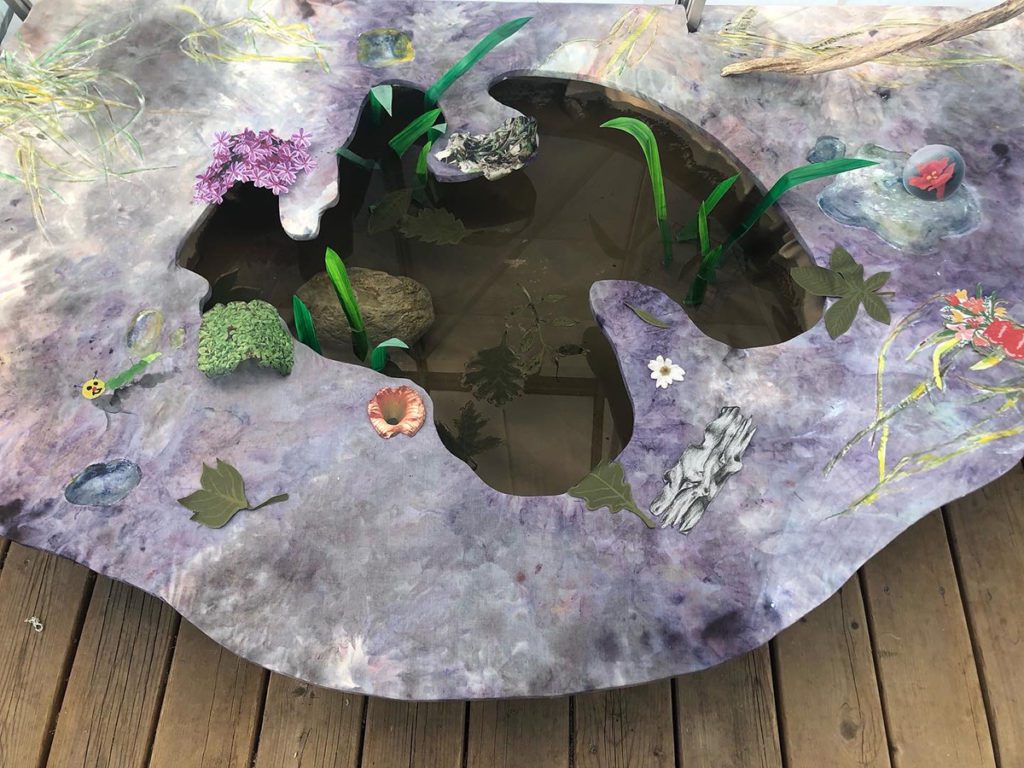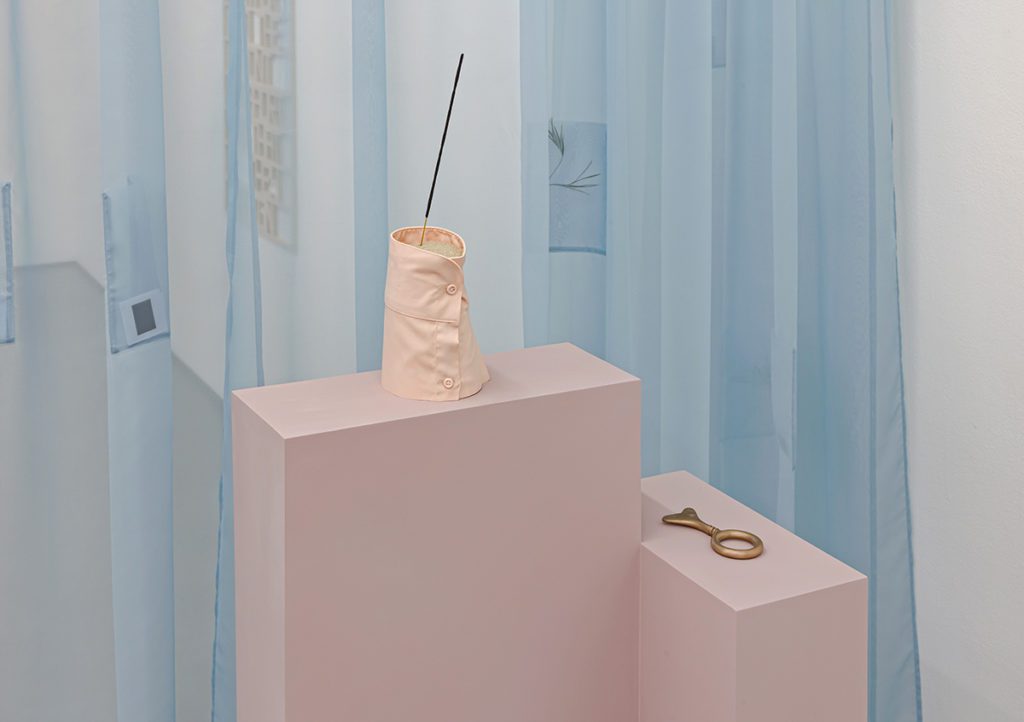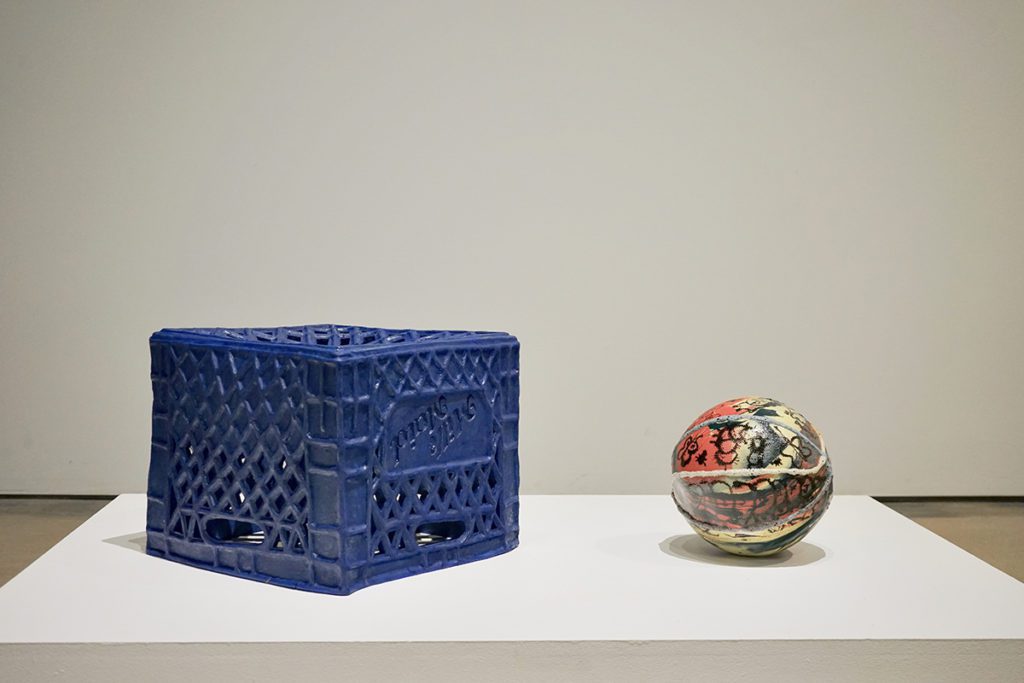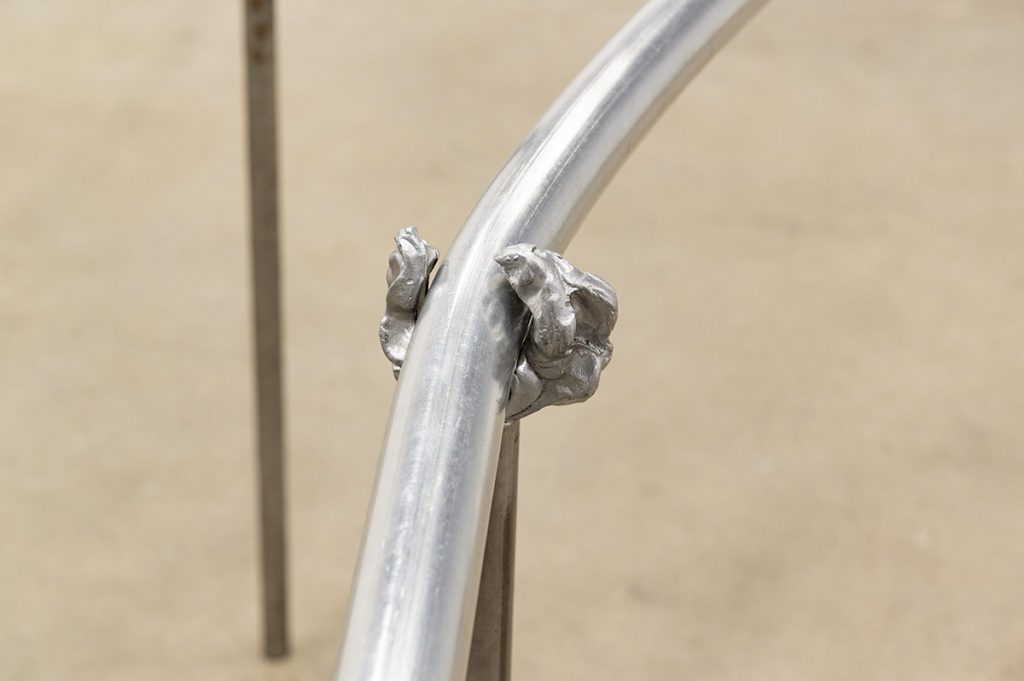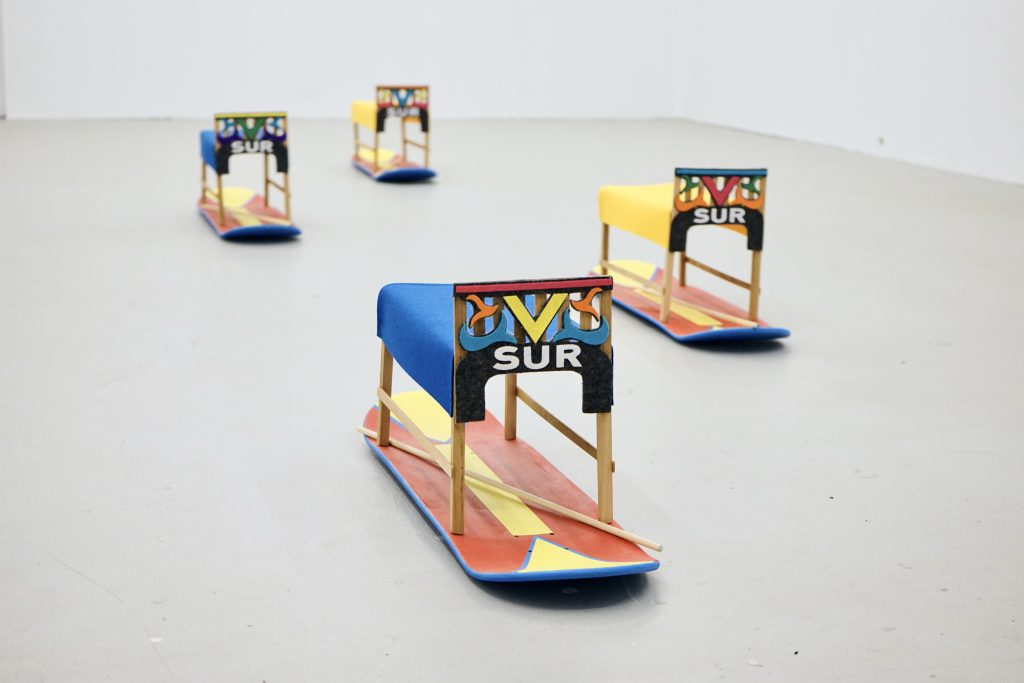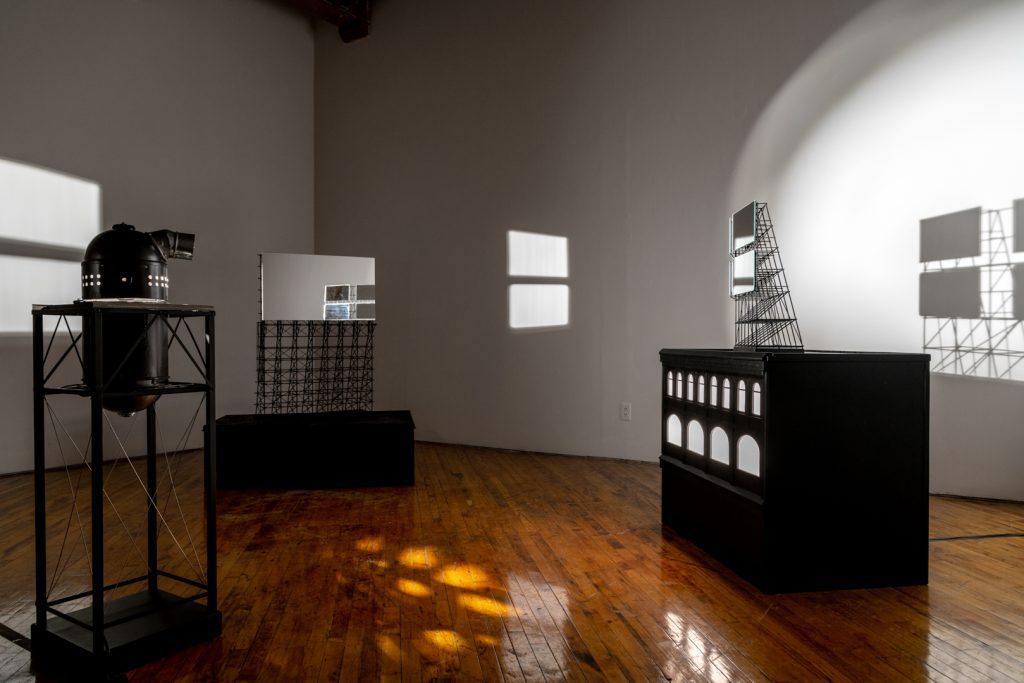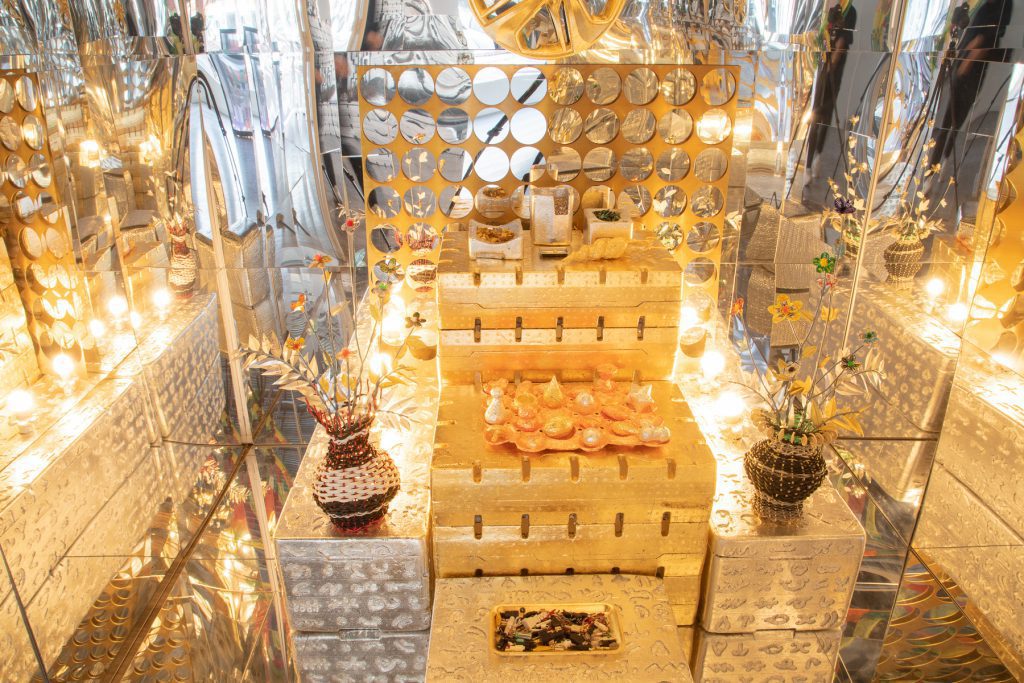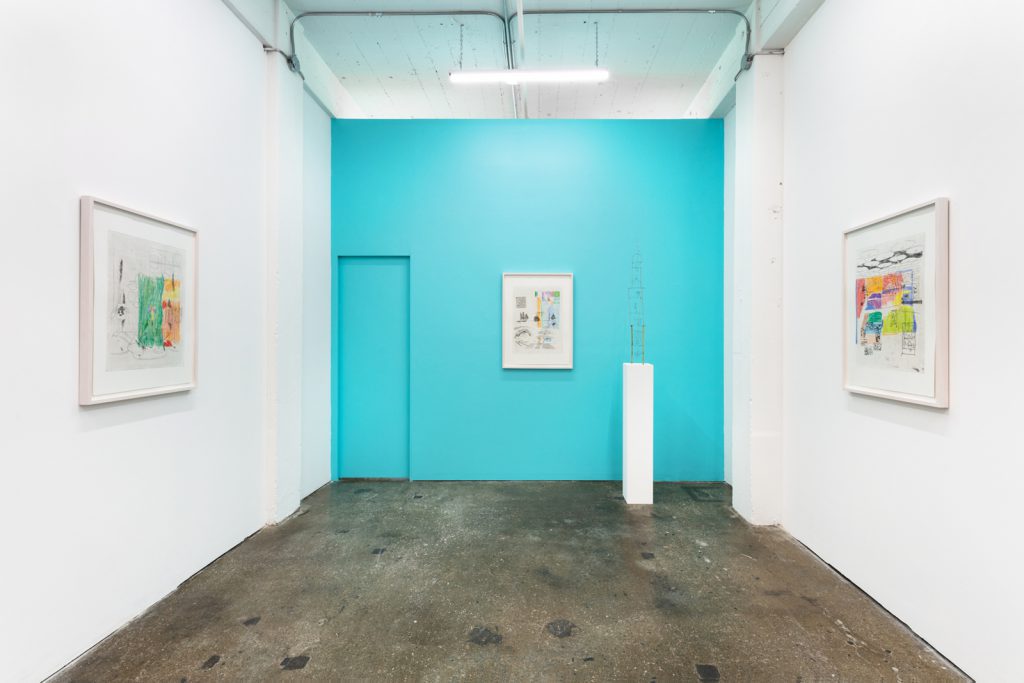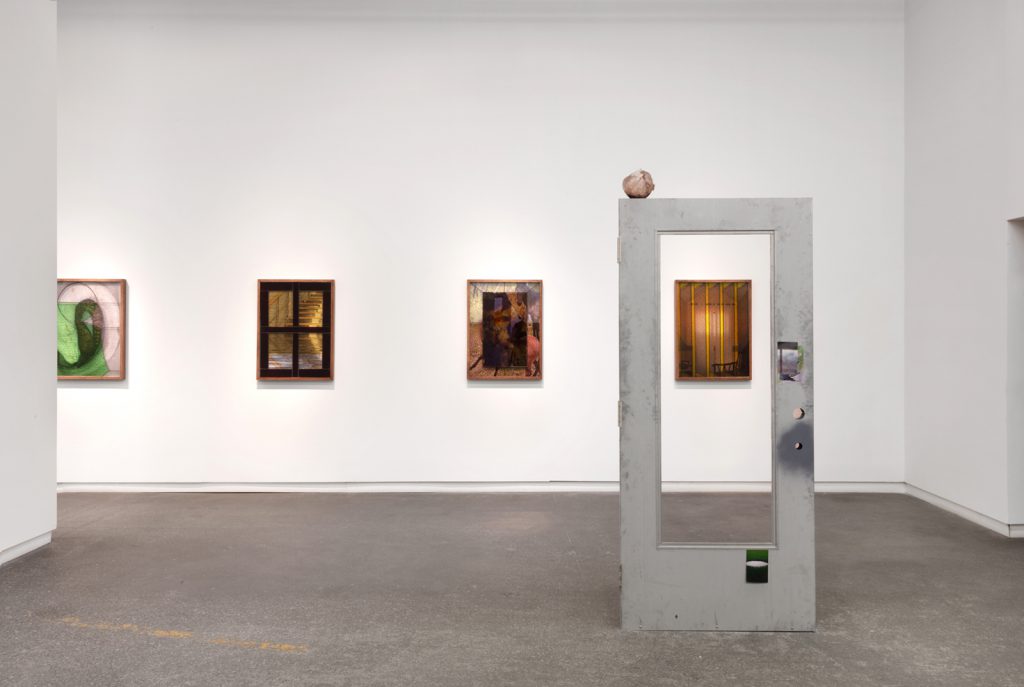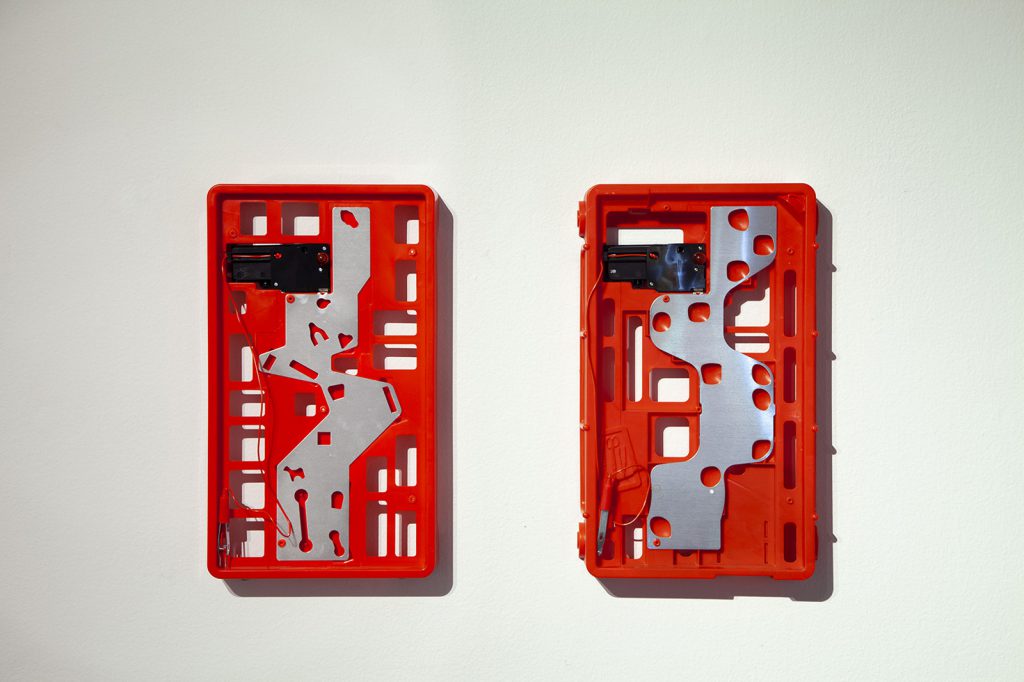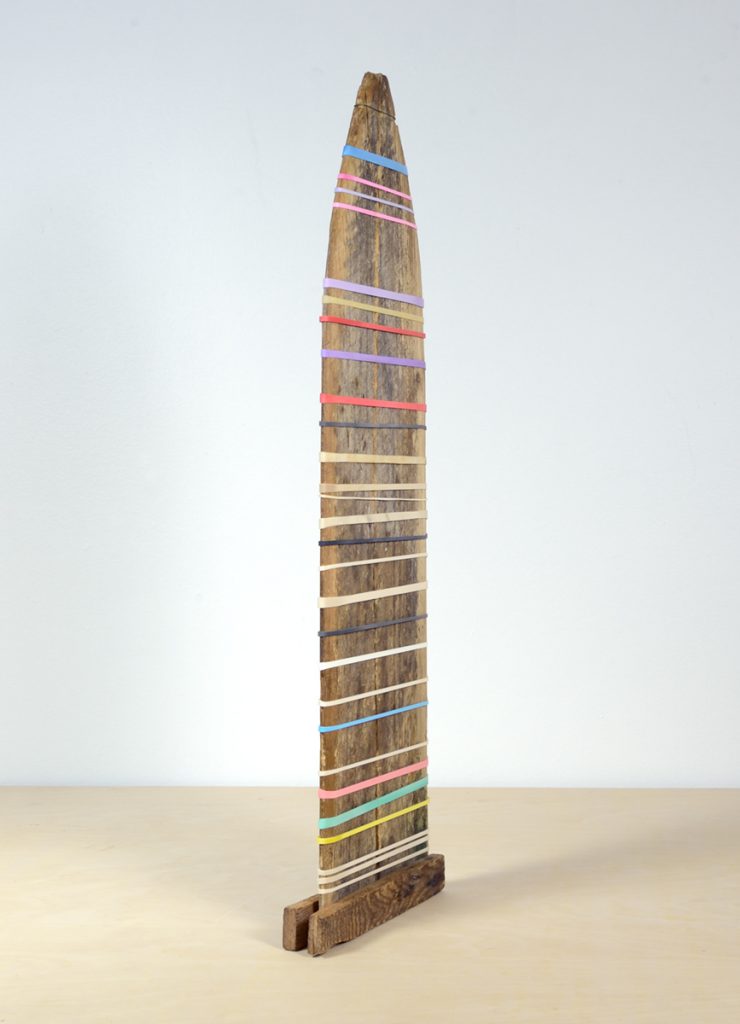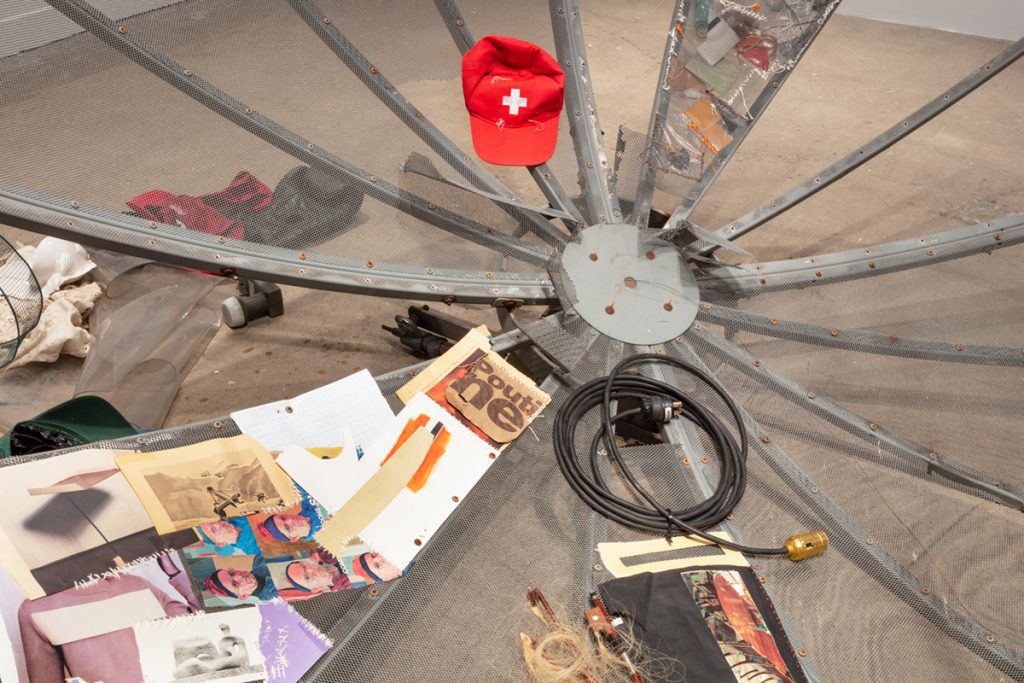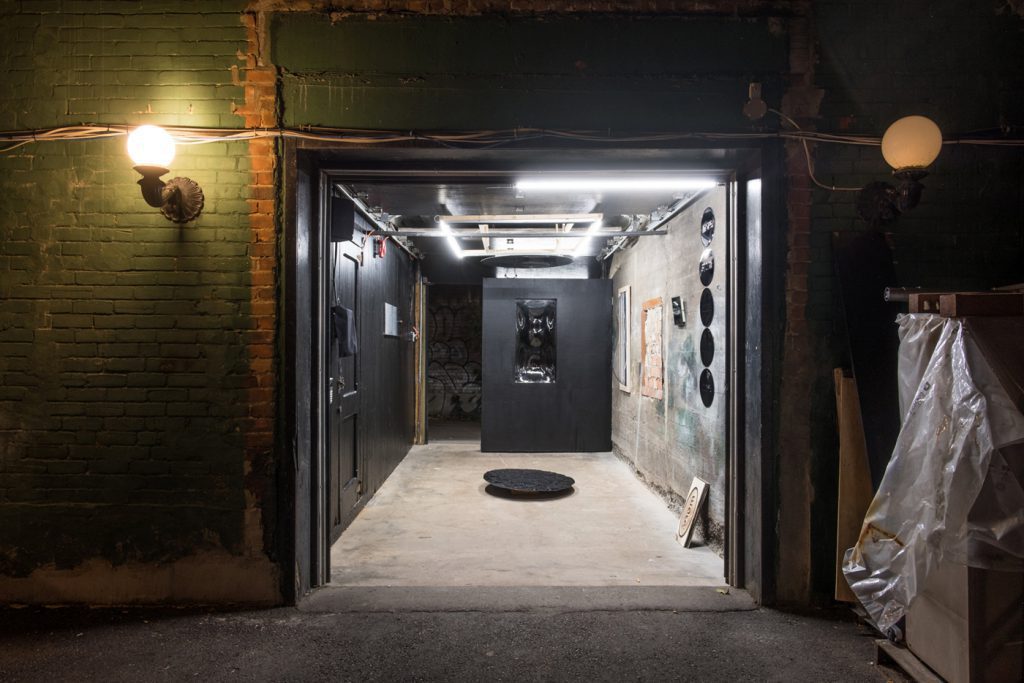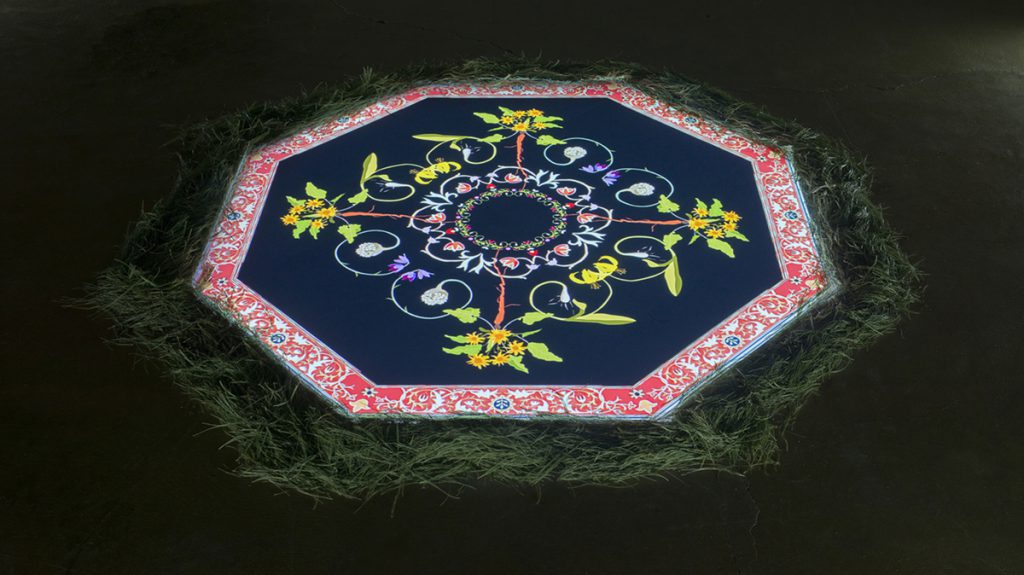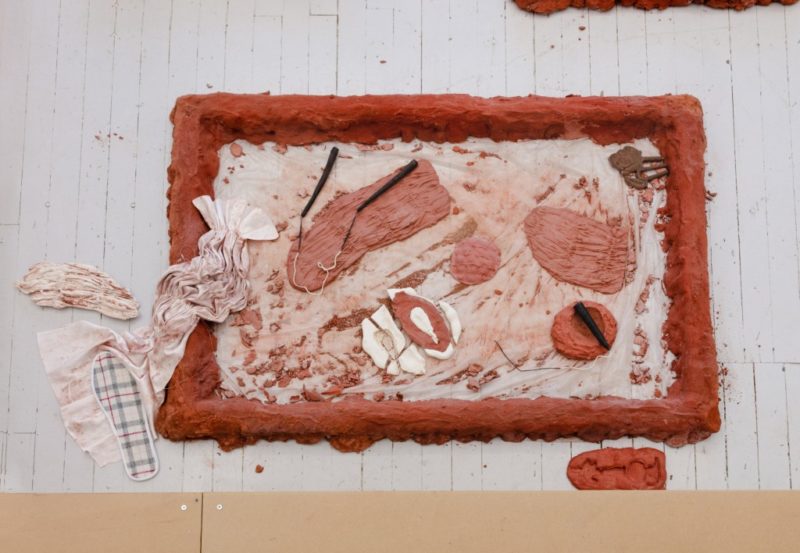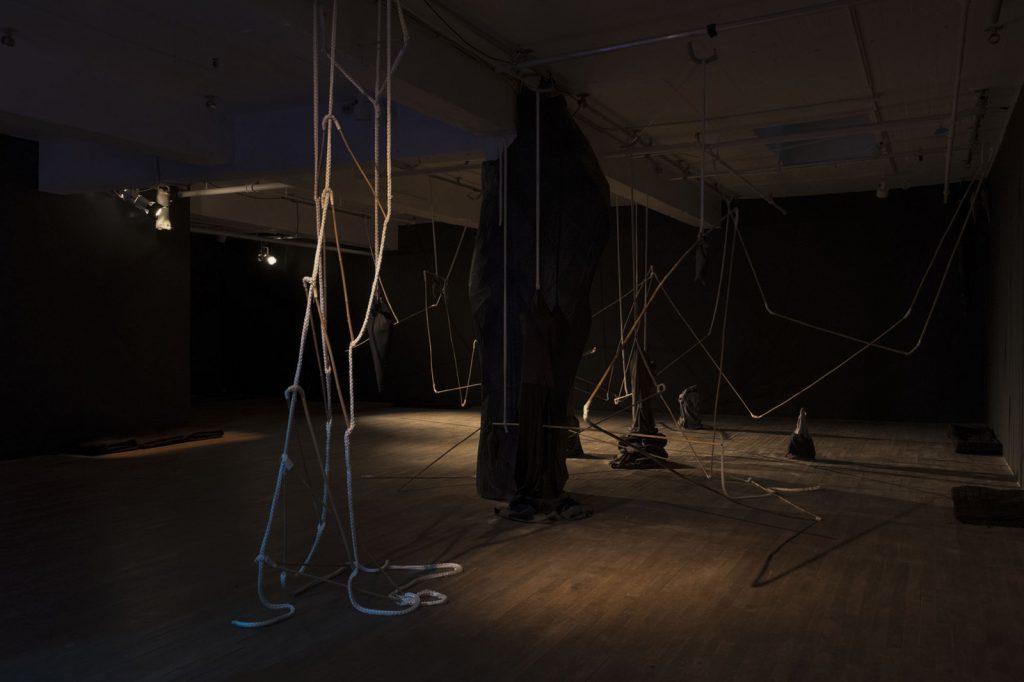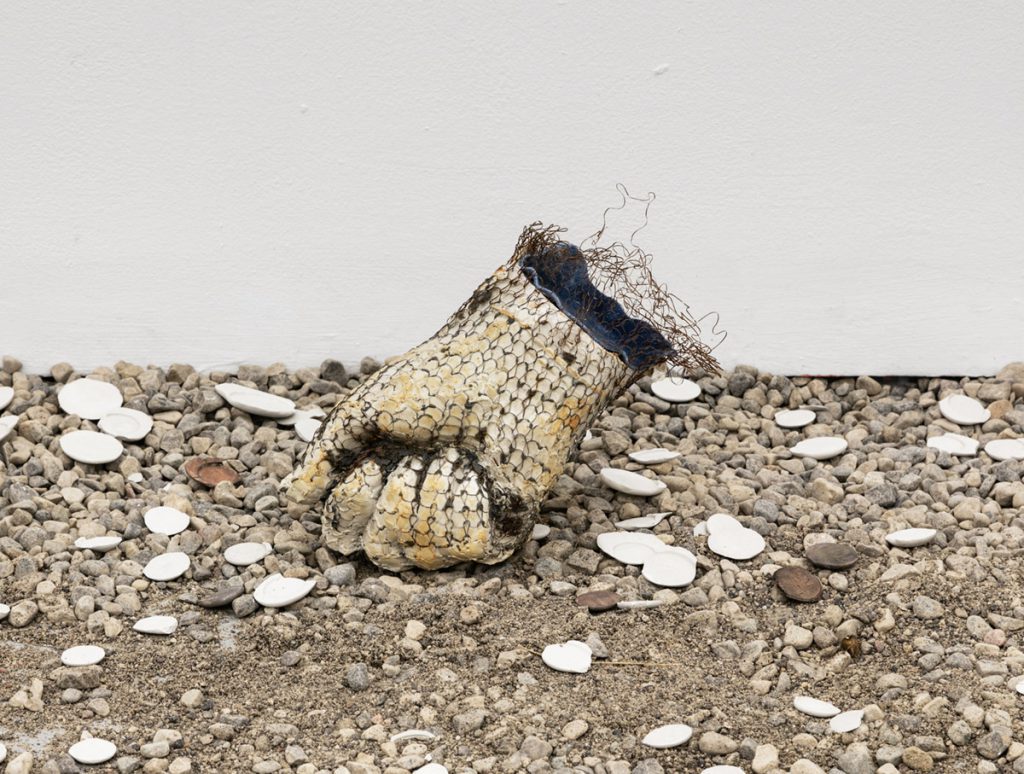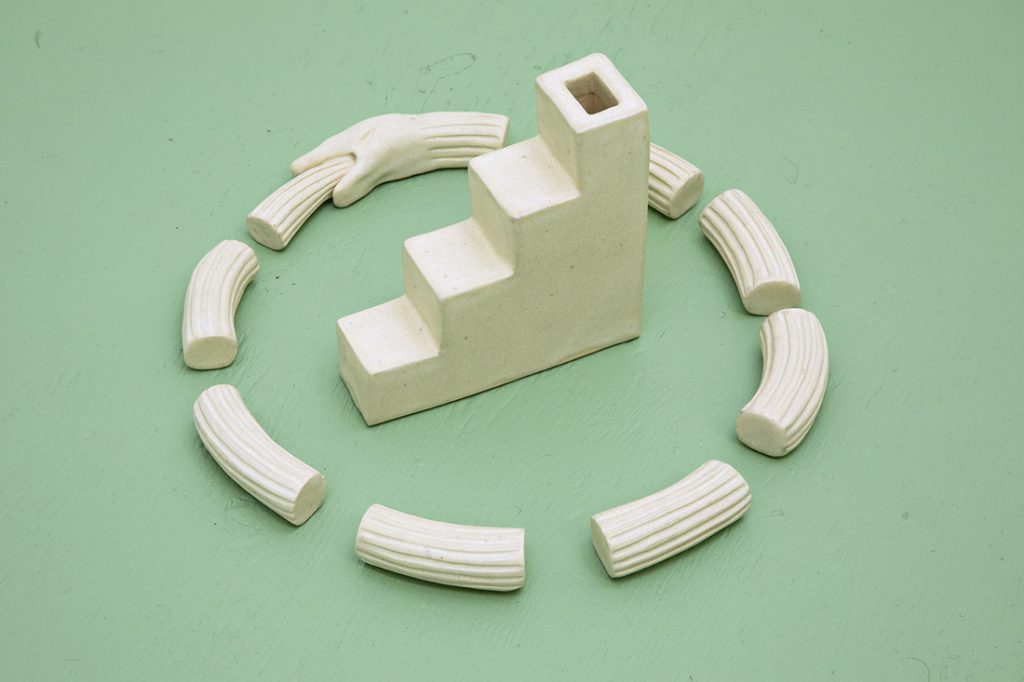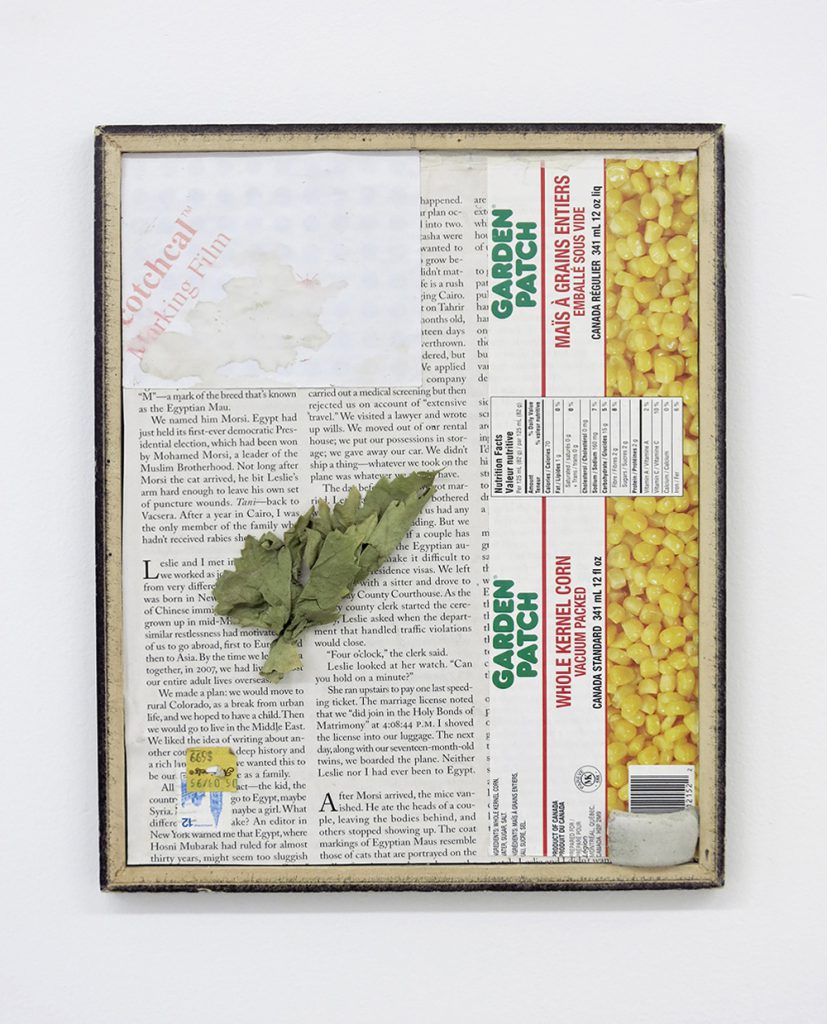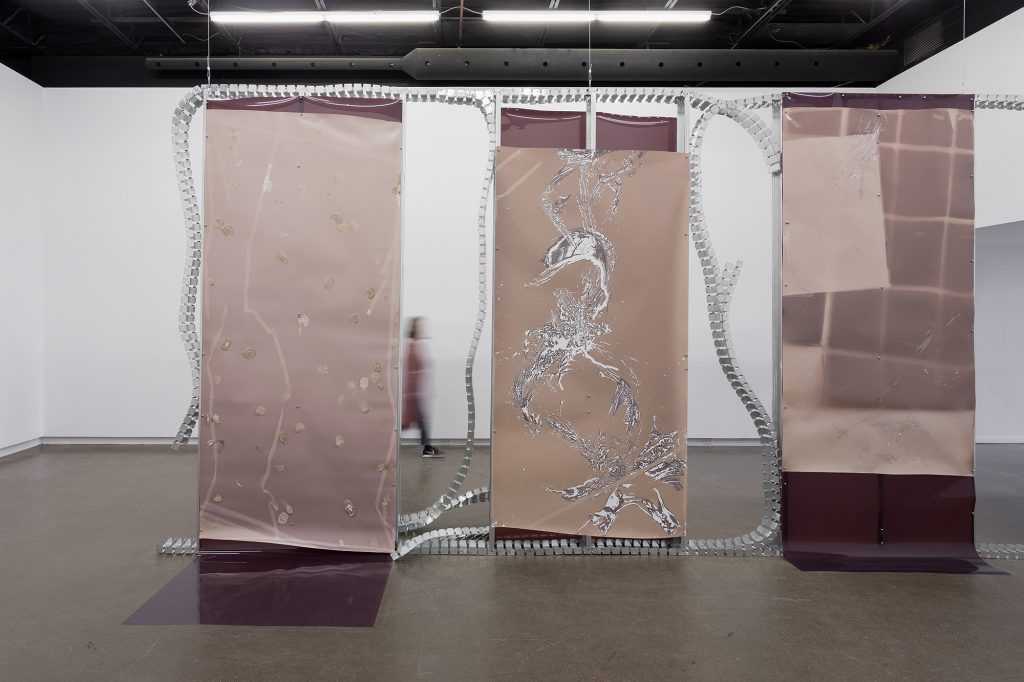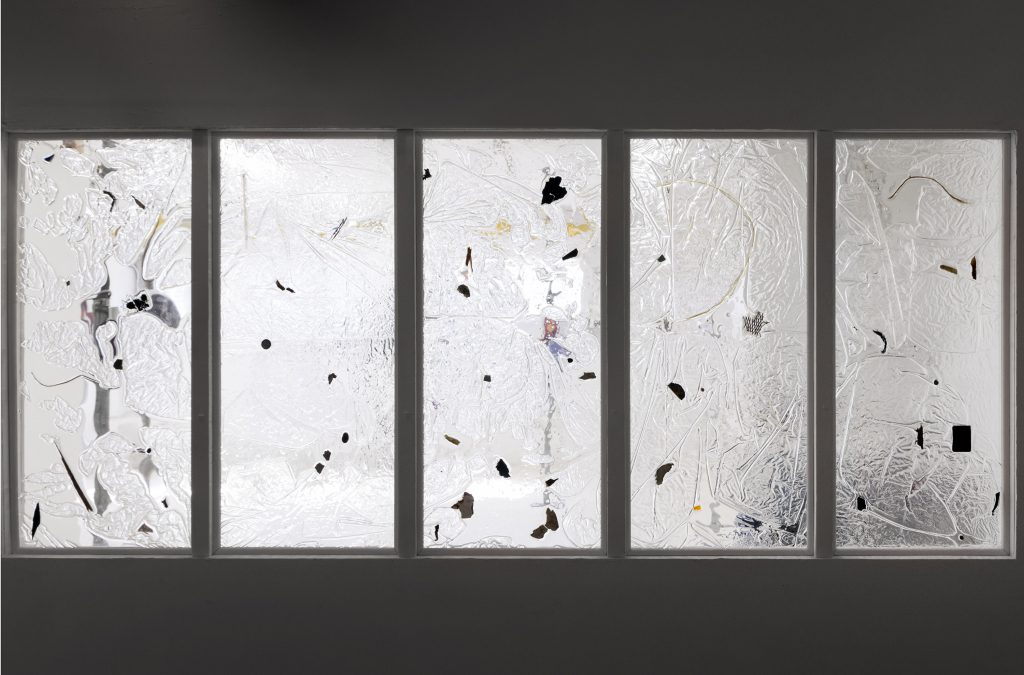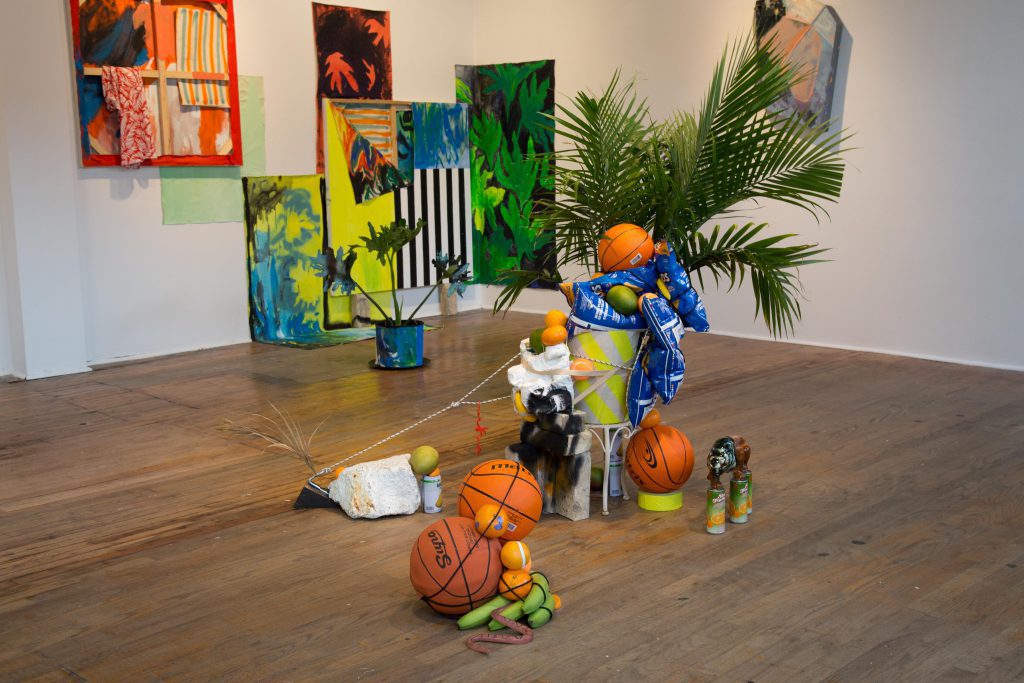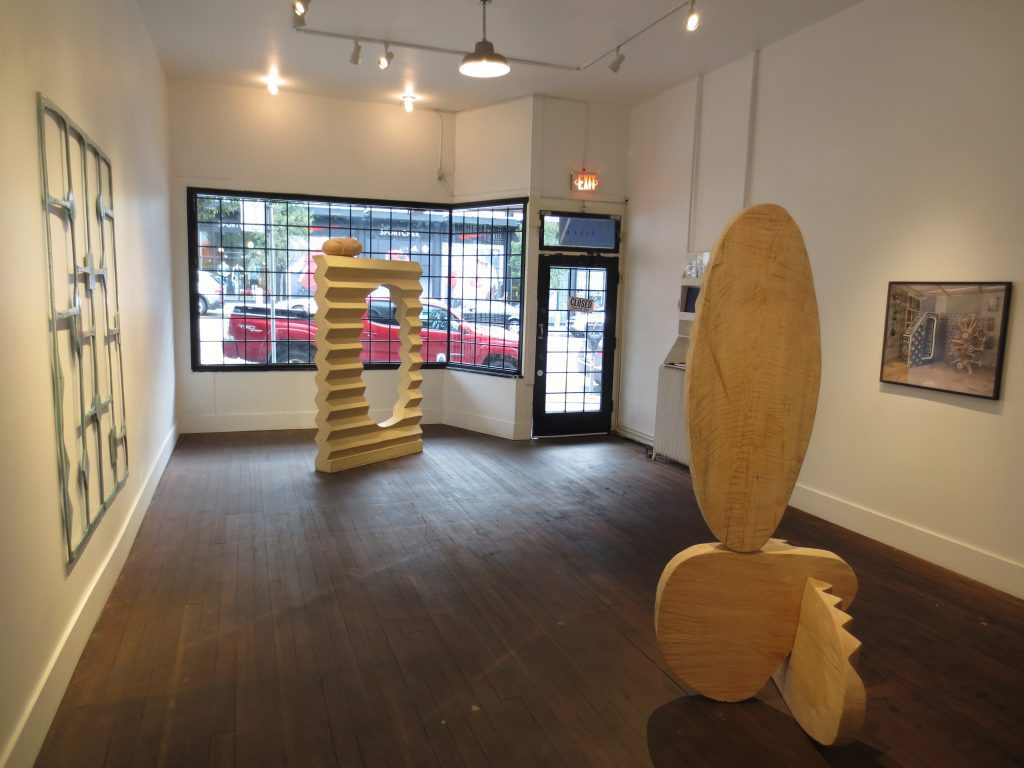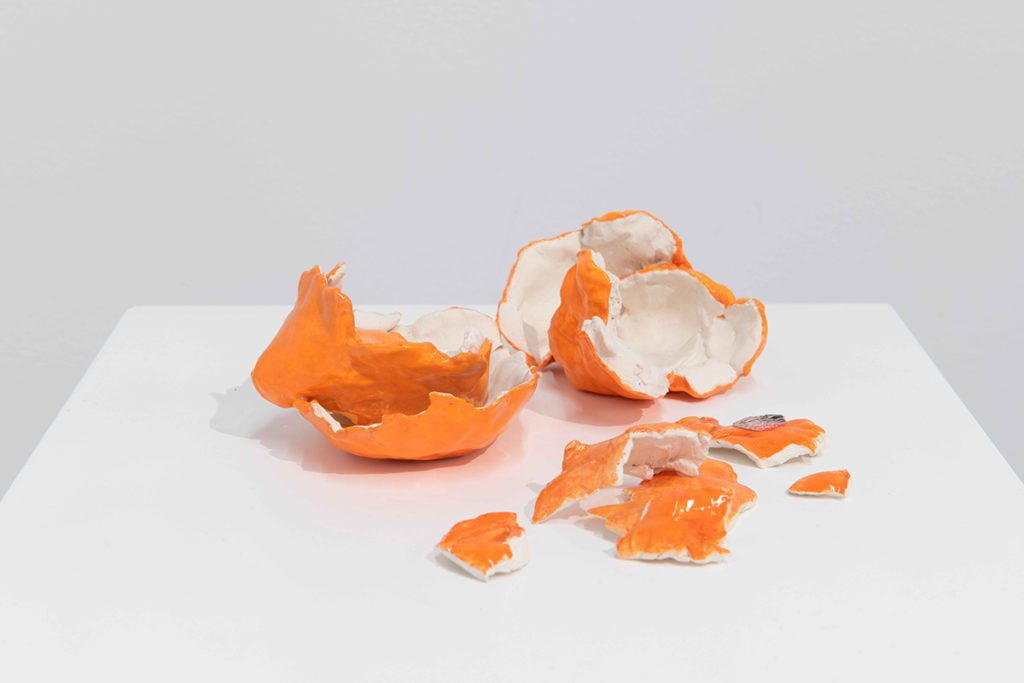
Resisting Quantifiable Instruction: Lan “Florence” Yee’s Tangerine, After Grapefruit
7 January 2023By Marisa Kelly
The Montréal- and Toronto-based artist Lan “Florence” Yee is showcasing their newest series of works Tangerine, After Grapefruit in their upcoming solo exhibition, Just Short of Everything, which will be showing in January 2023 at the Pierre Léon Gallery inside Alliance Française Toronto. Their series of works Tangerine, After Grapefruit features nine different swathes of large five-by-five-foot linens, which are hand embroidered with dark blue thread. The embroidery instructions read as a kind of wry and whimsical poetry, which are partially inspired by Yoko Ono’s 1964 conceptual instructional poetry book Grapefruit. Similarly to Ono’s instructions, Yee’s do not offer much didactic sense to the reader—their instructions are achievable, but are humourous because they aren’t inherently logical, presenting as counterintuitive to our capitalistic mindset that hyper fixates on productivity and rational thinking. In this sense, the artist’s instructions are anti-capitalist agents, where Yee playfully deviates from the standards of the rational and instead calls for the viewer to step into their emotions.
Continue Reading